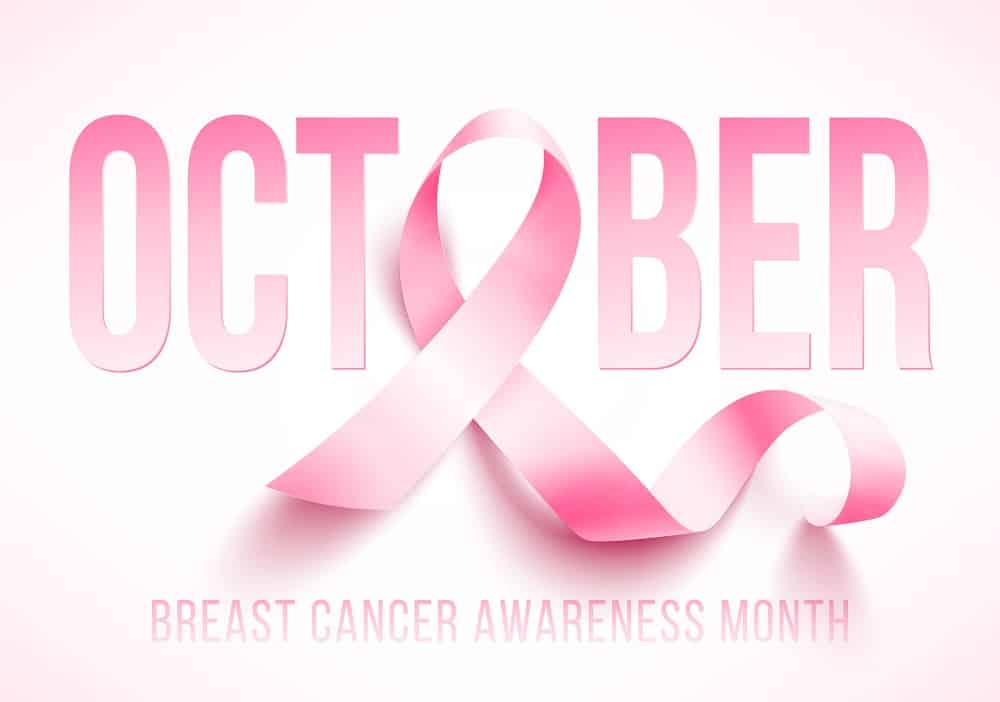The month of October has been nationally recognized as Breast Cancer Awareness Month in an effort to promote funding for research in the hopes of finding a cure for the disease. Current breast cancer treatments range from radiation treatments, to lymphectomy (removal of affected lymph node tissue) to mastectomy (removal of total breast tissue), each of which has numerous techniques. Coordination between the oncologist, surgeon, patient, and other healthcare providers determines the protocol most appropriate for the patient.
Following the surgery, patients can experience a variety of emotional and physical pathologies. Many of the physical complications can include muscle soreness, weakness, myofascial pain, and lymphedema. Myofascial pain is pain in the tissue surrounding muscles, visceral organs, and subcutaneous tissues, and can cause an alteration in the central nervous system called 'sensitization.' Sensitization is a phenomenon where pain to an area alters the receptors that perceive threat to a tissue, and causes them to perceive non-threatening stimuli as threatening, which the brain then perceives as pain. Whereby, Lymphedema is an abnormal collection of lymph – the clear fluid and protein solution that circulates throughout the body to assist in waste removal – due to tissue damage. Physical therapy following breast cancer surgery can reduce these symptoms with manual therapy, neuromuscular re-education, and other exercises.
Manual therapy is valuable for:
- Lymphedema control – utilizing drainage techniques that will not only remove the liquid, but also the proteins (McNeely et al, 2004)
- Myofascial pain – can be managed and reduced using techniques including soft tissue mobilization, trigger point dry needling (Dommerholt et al, 2015), and instrument-assisted soft tissue mobilization.
Neuromuscular re-education is valuable for:
- Retraining proper movement patterns in affected segments (trunk, shoulder girdle, and shoulderblade).
- Retraining movement patterns in areas used in grafts. (Some surgical techniques require muscle graft from gluteal muscles or abdominal muscles, and must be retrained as well as the site of the removal of cancer).
If you, a friend, or a family member has been affected by breast cancer, ask the oncologist if pursuing physical therapy is right for your post-surgical management!
References:
McNeely, M. L., Magee, D. J., Lees, A. W., Bagnall, K. M., Haykowsky, M., & Hanson, J. (2004). The addition of manual lymph drainage to compression therapy for breast cancer related lymphedema: a randomized controlled trial.Breast cancer research and treatment, 86(2), 95-106.
Dommerholt, J., Grieve, R., Layton, M., & Hooks, T. (2015). An evidence-informed review of the current myofascial pain literature–January 2015.Journal of bodywork and movement therapies, 19(1), 126-137.





